A properly functioning pool heater is essential for maintaining water comfort and extending the swimming season. For pool owners using a Laars or Teledyne Laars pool heater, understanding the system’s operation and basic troubleshooting techniques can save time and reduce repair costs. Laars pool heaters are known for their reliability and efficiency, but like any equipment exposed to outdoor conditions, they may occasionally require maintenance or inspection. Recognizing early signs of malfunction and addressing them promptly helps ensure consistent performance and protects your investment. This guide provides a complete overview of Laars pool heater troubleshooting, offering practical steps to identify common issues, maintain system components, and know when professional service is necessary.
Understanding How Laars Pool Heaters Operate
Laars pool heaters function by transferring energy, either from natural gas, propane, or electricity, to the water circulating through the heater.
Pool water flows from the pump, through the filtration system, and into the heater’s heat exchanger. The exchanger, heated by burners or an electric element, raises the water temperature to the preset level before sending it back into the pool.
Modern Laars pool heaters include digital control panels and sensors for precise temperature management, while Teledyne Laars pool heaters often feature simpler, manual control systems.
Regularly monitoring pressure gauges, temperature settings, and flow rates helps detect abnormalities before they escalate. Maintaining this awareness simplifies troubleshooting and enhances system longevity.
Find out How To Choose The Best Pool Heater: Gas, Electric, or Solar?
Common Signs Your Laars Pool Heater Needs Attention
Early identification of issues reduces repair costs and prevents performance decline. Common warning signs indicating your Laars or Teledyne Laars pool heater requires attention include:
Frequent cycling or short run times
Inconsistent or reduced heating performance
Unexpected error codes on the control panel
Unusual noises, such as rattling, humming, or banging
Black soot or residue around the burner area
Gas odors or visible water leaks
These indicators often stem from airflow restrictions, ignition malfunctions, sensor issues, or fuel delivery problems. Ignoring these early signs can lead to costly Laars pool heater repairs or premature component wear. By scheduling timely maintenance and using genuine Laars pool heater parts, you ensure reliable operation and extended service life.
Diagnosing Ignition and Heating Issues in Laars Pool Heaters
Ignition and heating failures are among the most frequent problems encountered during Laars pool heater troubleshooting. When a heater fails to ignite or shuts off prematurely, several potential causes should be evaluated systematically.
Inspect the igniter or pilot assembly for dirt, wear, or misalignment. A contaminated igniter cannot properly spark, preventing combustion.
Check safety switches and sensors to confirm they have not tripped due to overheating or low water pressure. Verify that the gas supply line is open and unobstructed.
If the heater ignites but fails to maintain temperature, restricted water flow or a faulty thermostat could be the issue.
Dirty filters, blocked return lines, or debris inside the heat exchanger can also reduce heating performance.
Replacing defective parts such as igniters, flame sensors, or thermistors with authentic Laars pool heater components helps restore efficient operation. Always disconnect power and gas before attempting any inspection.
How to Fix Water Flow and Temperature Regulation Problems
Proper water flow and temperature regulation are essential for achieving consistent heating performance. When troubleshooting Laars pool heaters, low water flow is a common cause of system shutdowns or poor heat output.
Start by checking the pool pump and filter system. Clean filter cartridges or backwash the sand filter if pressure readings are abnormal.
Inspect all valves to ensure they are fully open and check for obstructions in suction or return lines.
Temperature fluctuations or “LO” error messages often indicate problems with thermistors or water temperature sensors. In such cases, recalibration or replacement may be required.
Maintaining balanced water chemistry also prevents scale buildup on heat exchangers, which can restrict flow and reduce efficiency.
For best results, always use genuine Laars pool heater parts or Teledyne Laars pool heater parts when replacing sensors, gaskets, or flow switches. Proper installation preserves both performance and warranty protection.
Resolving Flame Sensor, Pilot, and Gas Supply Errors
Issues related to flame sensors, pilots, and gas supply are common triggers for Laars pool heater troubleshooting. These components play crucial roles in safe ignition and heating control.
A dirty or misaligned flame sensor may cause the heater to shut off shortly after ignition. Carefully clean the sensor using fine sandpaper or a soft cloth to remove oxidation or debris. Ensure it is correctly positioned within the flame path.
For older Teledyne Laars models with standing pilots, verify that the pilot flame is steady and blue. A weak or flickering flame may indicate a clogged pilot orifice or thermocouple failure.
Check all gas valves, regulators, and supply lines to confirm there are no leaks or obstructions. After maintenance, purge air from the lines before reigniting.
Persistent ignition failures or “FL” fault codes require professional evaluation to test gas pressure, control boards, and sensor circuits safely.
Preventive Maintenance Tips for Long-Lasting Performance
Preventive maintenance extends the lifespan of your Laars pool heater and minimizes unplanned service interruptions. Establishing a routine maintenance schedule helps ensure consistent operation throughout the swimming season.
Maintenance Task | Description |
Annual heat exchanger inspection |
|
Area cleaning |
|
Pest and rodent check |
|
Burner assembly inspection |
|
Vent system maintenance |
|
Filter cleaning or replacement |
|
Control panel monitoring |
|
Use of OEM replacement parts |
|
Explore the Swimming Pool Safety Equipment Checklist: Here's What You Need to Know
When to Call a Certified Technician for Laars Pool Heater Repairs
While many minor Laars pool heater troubleshooting tasks can be performed by pool owners, certain repairs require professional expertise. Attempting advanced repairs without proper knowledge or tools may result in safety hazards or equipment damage.
Seek professional service if your heater:
Frequently shuts down or cycles irregularly
Displays recurring fault codes
Produces a gas odor or visible flame irregularities
Exhibits electrical or control panel malfunctions
Shows leaks within the combustion chamber or heat exchanger
Certified technicians possess the diagnostic tools and technical training to identify complex issues accurately. They also have access to genuine Laars replacement parts, ensuring proper fit and reliability.
Conclusion
Regular maintenance and prompt troubleshooting are key to keeping your Laars or Teledyne Laars pool heater functioning efficiently. Adhering to recommended maintenance schedules, cleaning components, and using genuine Laars pool heater parts ensures continued reliability and energy efficiency. For issues involving gas supply, electrical systems, or advanced diagnostics, always rely on a certified professional. With proper care and attention, your Laars pool heater can deliver steady, comfortable water temperatures and dependable service year after year, keeping your pool ready for use in every season. USAPoolShop offers a wide range of high-quality swimming pool heater parts & controls, including the heat exchanger, thermostat igniter, pressure switches, sensors, and control boards that ensure the heater operates safely and efficiently.
FAQs
How do I fix my boiler not firing up?
If your Laars boiler is not firing up, check the thermostat settings, power supply, and gas valve. Ensure the pilot light is on and reset the unit. If the problem persists, contact a certified technician to inspect ignition and control components.
What is the life expectancy of a Laars boiler?
The life expectancy of a Laars boiler typically ranges from 15 to 20 years with proper maintenance, including annual servicing and prompt replacement of worn parts.
Can you run a Laars LX pool heater on 110v?
No, the Laars LX pool heater requires a 220–240V electrical connection for optimal performance and safety. Running it on 110V is not recommended.
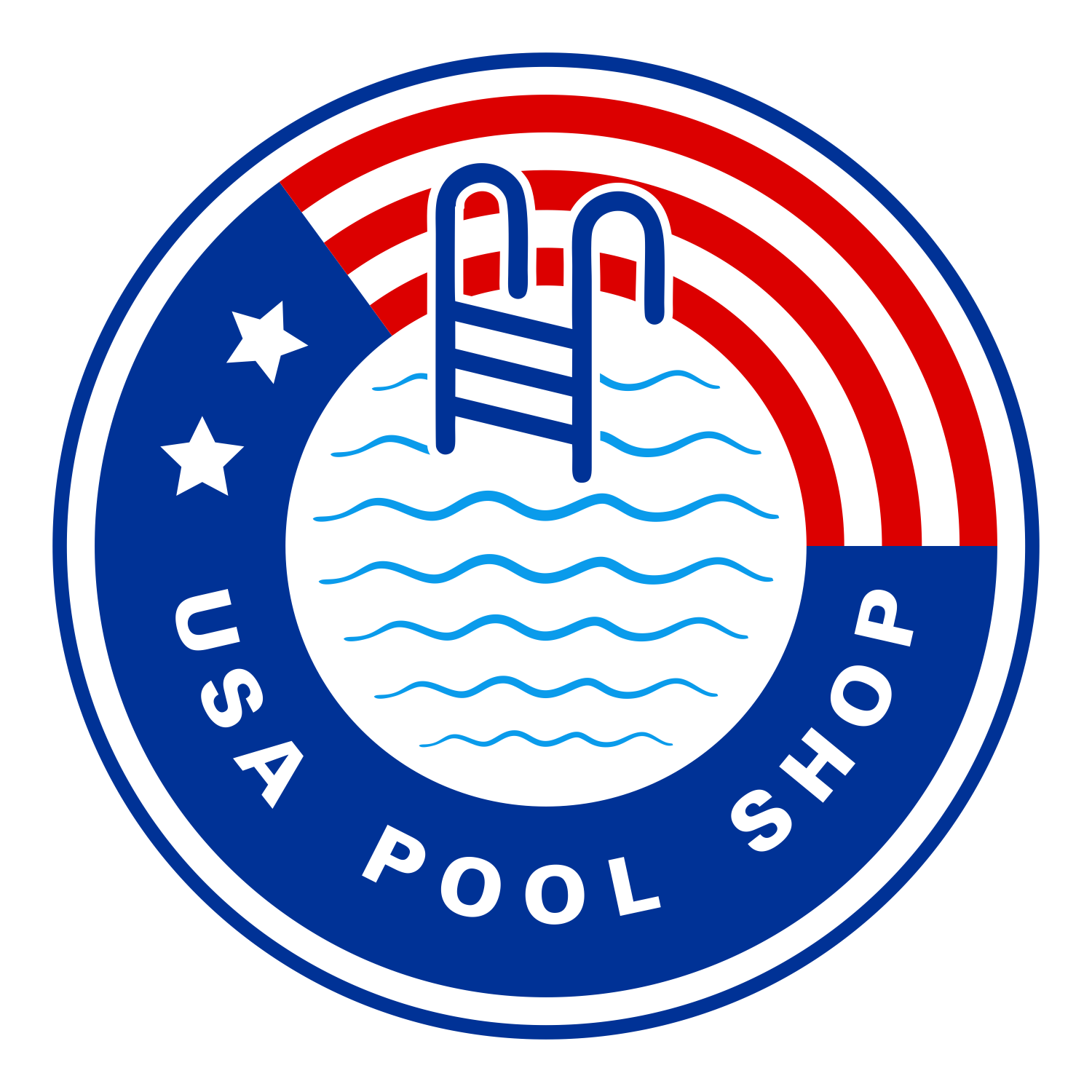
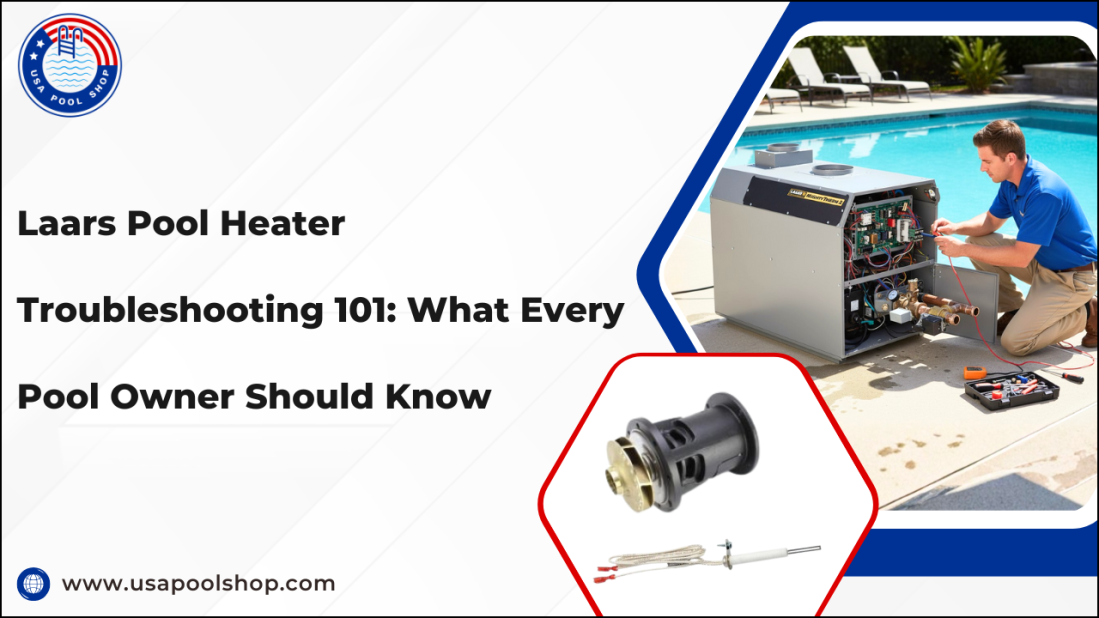

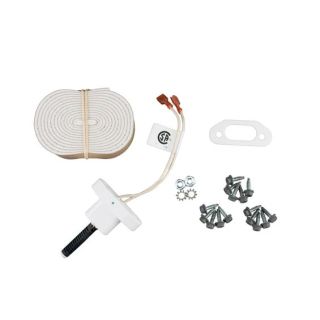

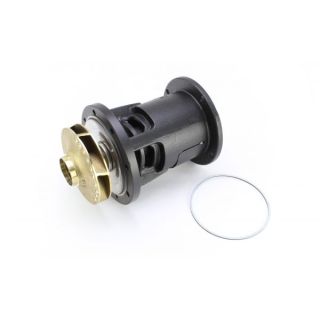


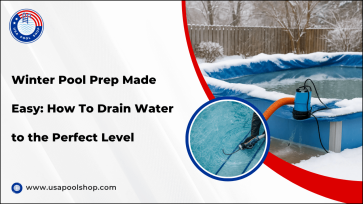


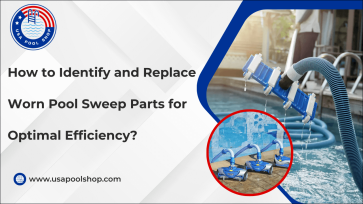
Validate your login